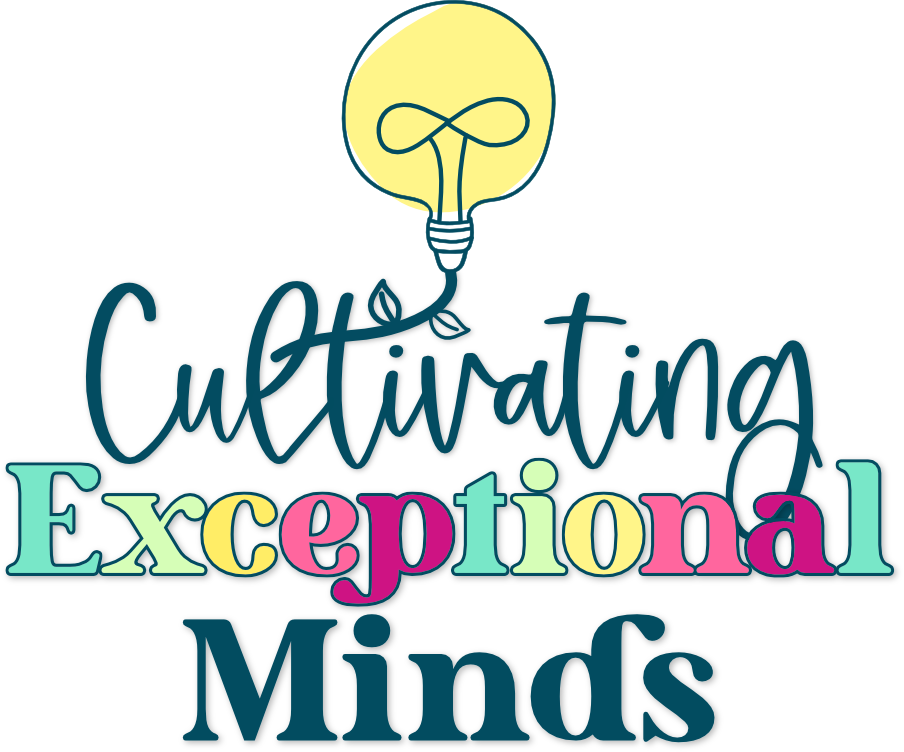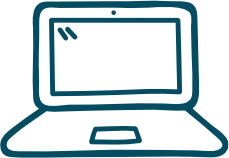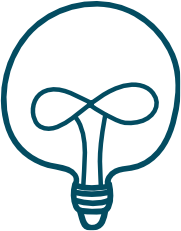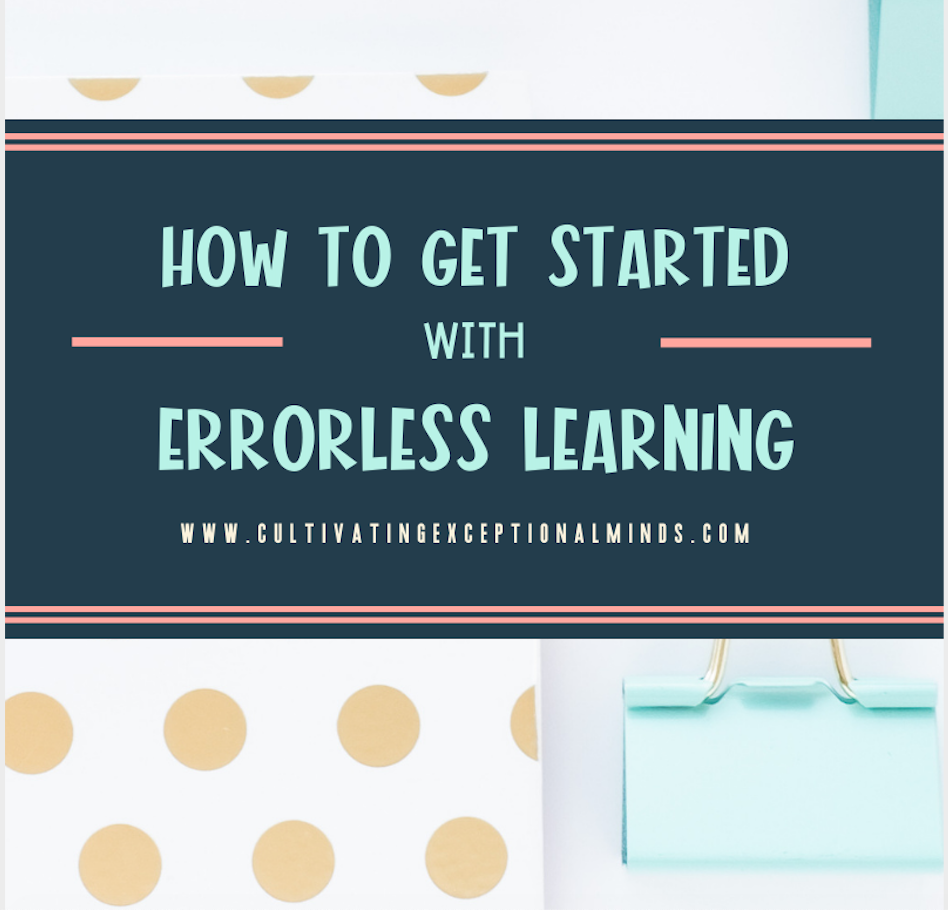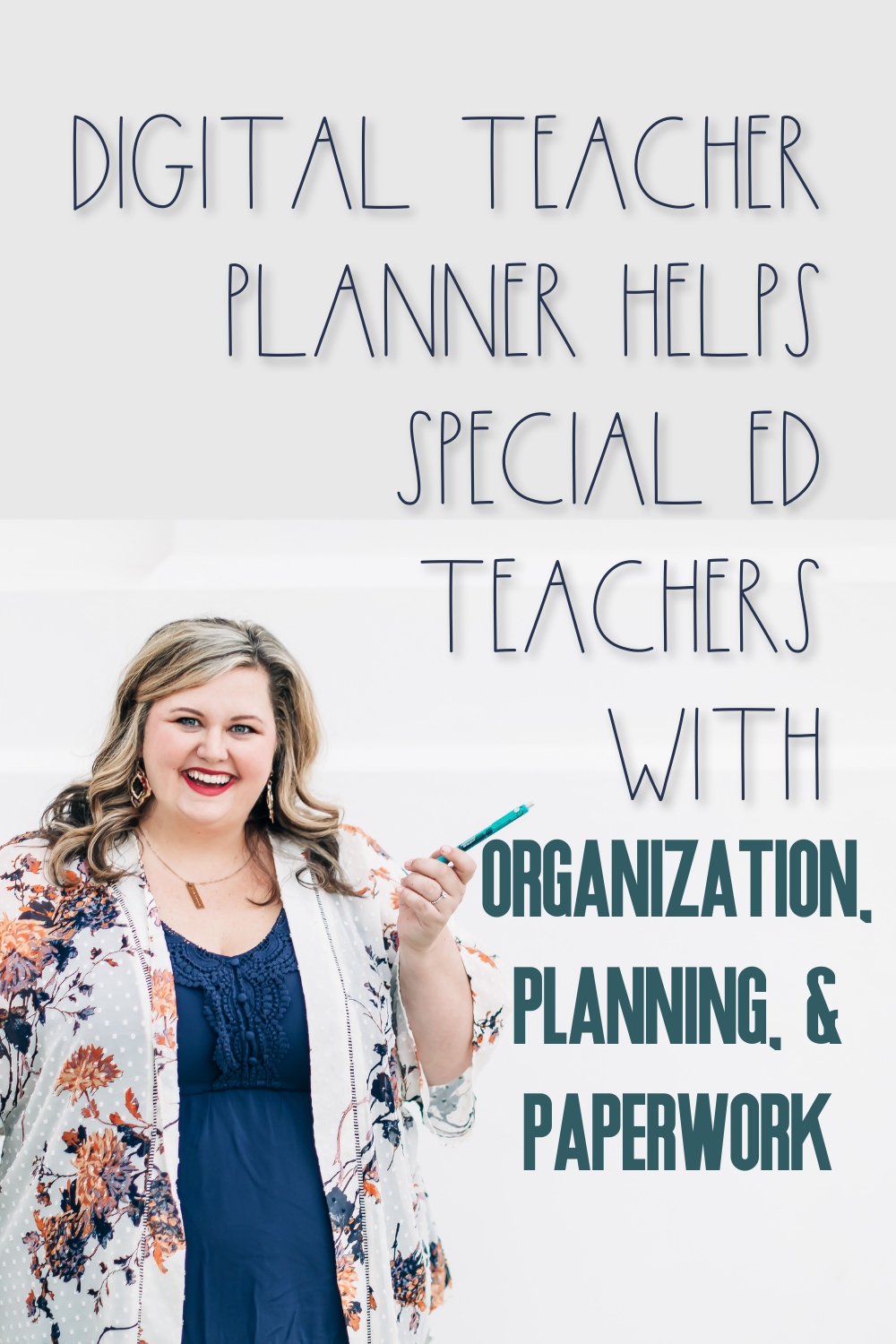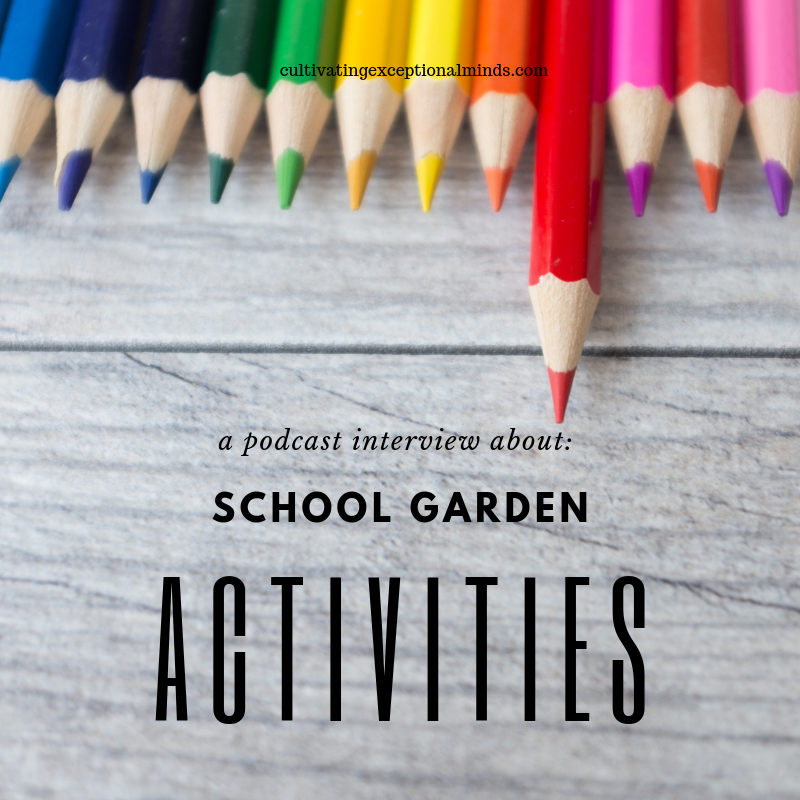Have you heard of errorless learning? No one likes to be wrong. It doesn’t feel good or encouraging. And it certainly doesn’t build confidence. And isn’t that what we want – for our SPED students to feel encouraged and confident? To feel good about their learning? What if you took away the possibility of being wrong? What might that look like?
In today’s post, I’m going to tell you all about my conversation with Jenn Adams of Teach Love Autism (teachloveautism.com). Jenn, a special education teacher in a middle school self-contained classroom. Jenn knows a LOT about errorless learning and employs it in her classroom daily. I learned a lot from talking with her and I know you will, too.
You probably have questions about errorless learning. I know I did. So, let’s go ahead and jump right in.
What is errorless in a classroom?
As Jenn explained, errorless learning is just what it sounds like. The type of learning in which students engage where there simply are no wrong answers presented as options. It’s a teaching strategy that helps the child get the correct answer by removing the possibility of choosing an incorrect answer.
Why is errorless learning important?
Errorless learning provides students with a safe opportunity to get the answer right and still be exposed to new material. None of us likes to be wrong or make mistakes. Some students can become frustrated or discouraged when they get an answer wrong. This learning model helps them feel successful and motivated to try, even with material that might be a bit tricky or new to them.
How can I get started with errorless learning?
I have great news! Jenn shared how to get started with errorless learning in the classroom using materials and lessons. If you have an activity that presents a student with three different choices for an answer, simply alter it to make it errorless. If it’s a worksheet, simply block out the incorrect answers or cut them out so that you are only providing the student with the correct answer. Also, it is very effective in lessons and activities that are focused on strengthening fluency. Jenn shared that she has trained one of her paraprofessionals to use errorless learning during error correction procedures. Jenn has a ton of errorless learning resources and materials in her TPT store, which I’ve linked at the bottom of this post.
Tip: These activities can be a great time to also work on other skills. For example, if you need to do some fine motor work, have the student use a clothespin or paper clip to indicate the answer.
How will I collect data during errorless learning?
Collecting data during errorless learning is not that different from collecting data during any type of lesson. Teachers and paraprofessionals may collect data in the form of task analysis, which is when you break something down into very small pieces. Data collected based on the student’s progress on those small pieces of the overall task or goal. It can be as simple as placing a plus or minus on a chart to show what parts of the larger task the student has mastered and which still need to be practiced.
Tip: If you don’t already have it, click here to download my 5 Simple Ways to Collect Data as a Special Education Teacher workbook.
Can distance learning and errorless learning work together?
One major question I had for Jenn was whether she was able to continue to use errorless learning with her students during the distance learning we all experienced this spring. Jenn reported that she was able to successfully work with parents to continue errorless learning at home. She provided parents with resources, including instructional videos, to help them work through the lessons. And since Jenn has been passionate about errorless learning for a couple of years and has invested a great deal of time into developing resources, she had many resources from which to pull.
I learned so much from Jenn – and not all of it was about errorless learning. She also shared with me how her middle school special education students work to serve their school community. Like many schools, including mine, Jenn’s school has a backpack program that provides food to students who face food insecurity. Jenn’s students take and fill the orders, pack the backpacks, and manage the inventory of food products. They are gaining life skills and taking pride in being of service to their school.
Make sure you are in our Facebook Group for special education teachers. It’s a great place to ask questions, gain insights, and learn.
I am excited to hear what errorless learning lessons and activities you plan to incorporate into your classroom. Let me know in the comments below and, as always, know that I am here to support you!
Connect with Jenn Adams
https://www.teacherspayteachers.com/Store/Teach-Love-Autism
https://www.teachloveautism.com/
https://www.instagram.com/teachloveautism/
https://www.teacherspayteachers.com/Product/FREE-Errorless-File-Folders-with-Real-Photos-4551271 – errorless freebie
Did you know, there is a weekly podcast for special education teachers full of actionable takeaways, trending teaching strategies and interviews from effective special ed teachers across the country. Make sure to check out Be The Exception podcast and subscribe to it on Apple and Spotify
Want to know what tools and must-haves I include in my room? Check my Amazon Storefront with them listed out there.
Want to Try a free Special Education daily planner and brain dump area? Then check out the Free Digital Exceptional Notebook to see if it is something you’d enjoy using.
